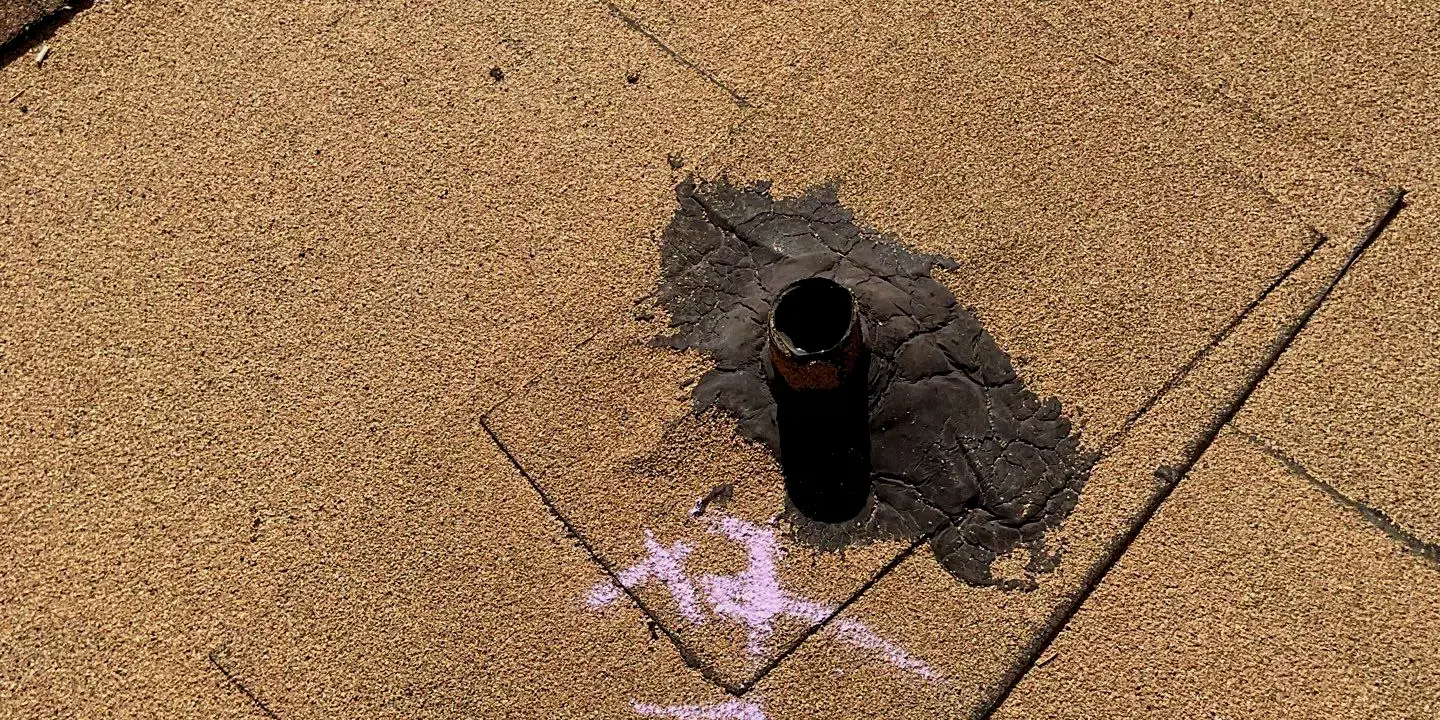7 Common Problems Caused by Damaged Roof Vents
Introduction
Roof ventilation is essential for maintaining the health and durability of a property. When vents become damaged, they can lead to a series of structural and environmental issues that compromise both safety and comfort. Recognizing the risks early helps property owners protect their investment and avoid costly repairs.
Moisture Buildup and Mold Growth
A damaged vent can obstruct proper airflow, leading to excess moisture accumulation in the attic. Without adequate ventilation, warm and humid air becomes trapped, encouraging mold growth on wooden beams, insulation, and other building materials. Mold not only weakens structures but also poses significant health risks, especially to those with respiratory conditions.
Roof Deck Deterioration
When moisture infiltrates the attic, it seeps into the roof decking. Over time, this causes wood rot, compromising the deck’s structural integrity. A weakened roof deck increases the risk of leaks, sagging, and premature roof failure, necessitating costly replacement.
Insulation Damage and Reduced Energy Efficiency
Compromised vents allow excess humidity to infiltrate insulation, reducing its effectiveness. Damp insulation loses its thermal resistance, causing energy bills to rise. Homeowners may notice uneven indoor temperatures as their HVAC systems struggle to compensate for the loss in insulation performance.
Increased Risk of Ice Dams
In colder climates, damaged vents can prevent proper attic ventilation, leading to uneven roof temperatures. This encourages the formation of ice dams, where melted snow refreezes along the roof edge. Ice dams trap water on the roof, forcing it beneath shingles and creating leaks that damage ceilings, walls, and insulation.
Pest Infestations
Roof vents are a common entry point for birds, squirrels, and insects. A broken or missing vent cover provides easy access for these pests, leading to nests, droppings, and potential wiring damage. Infestations not only compromise sanitation but also increase the risk of electrical hazards.
Roof Material Degradation
Heat buildup due to insufficient ventilation accelerates the aging of shingles and other roofing materials. Shingles may curl, crack, or lose granules, reducing their ability to protect the home from water intrusion. Proper ventilation is essential for extending the lifespan of any roofing system.
Structural Strain and Foundation Issues
Excess heat and moisture in the attic affect more than just the roof. Over time, humidity can spread to walls and foundations, causing wood to warp and weakening structural components. This can lead to cracks, uneven floors, and costly foundation repairs.
Signs of Damaged Roof Vents
Homeowners should inspect their roofing system regularly for these warning signs:
- Stains or discoloration on ceilings and walls
- Musty odors in the attic or upper floors
- Curling or blistering shingles
- Rust or corrosion around vent covers
- Pest activity near the roofline
- Excessively high energy bills
Preventive Maintenance and Professional Inspection
Routine roof inspections help identify and address ventilation issues before they escalate. Professionals can check for cracks, broken vent covers, and improper installation that could compromise airflow. Preventive maintenance includes sealing gaps, replacing damaged vents, and ensuring proper attic insulation.
Choosing a Reliable Roofing Partner
Working with experienced professionals ensures long-term protection and efficiency. GCCS Roofing, LLC, based in Littleton, CO, specializes in identifying and repairing ventilation problems, providing homeowners with durable solutions tailored to their specific roofing needs.
Conclusion
Damaged roof vents pose a serious threat to a home’s structural integrity, energy efficiency, and overall safety. By addressing ventilation issues early, property owners can prevent costly repairs and extend the lifespan of their roofing system. Regular inspections, timely maintenance, and expert repair services are essential for safeguarding any investment.







